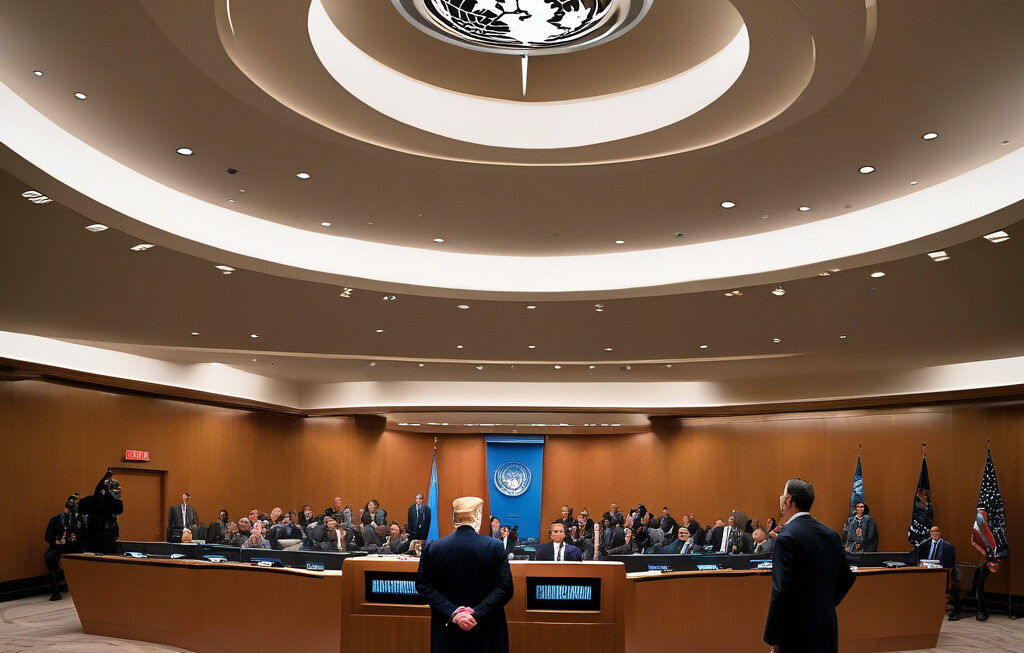Tourists Tame Their Shopaholic Ways: International Visitor Spending Declines in the US
In recent years, the United States has been a shopper’s paradise for international tourists, with its vast array of retail options ranging from iconic department stores to quaint boutique shops. However, a concerning trend has emerged as international visitor spending and arrivals in the US are declining. This decline is primarily attributed to the ongoing trade wars and economic uncertainty plaguing the global market, posing a significant threat to the billions in retail revenue that the US economy heavily relies upon.
The impact of the declining international visitor spending is palpable across various sectors of the US retail industry. Luxury brands, department stores, and small businesses alike are feeling the pinch as fewer tourists choose to open their wallets during their visits. The once-crowded shopping districts in major cities are now experiencing a noticeable lull, with store owners and retail employees anxiously watching the dwindling foot traffic.
One of the primary reasons for this shift in shopping behavior among international tourists is the unfavorable exchange rates resulting from the trade wars. As the US dollar remains strong compared to other currencies, foreign visitors find their purchasing power diminished, prompting them to be more cautious with their spending. Additionally, the economic uncertainty prevailing in many parts of the world has made tourists more conservative in their shopping habits, opting to prioritize essential expenses over discretionary purchases.
The decline in international visitor spending not only affects retailers but also has broader implications for the US economy as a whole. The retail industry plays a vital role in driving economic growth, creating jobs, and generating tax revenue. A reduction in retail sales due to decreased tourist spending could lead to store closures, layoffs, and a ripple effect on related industries such as hospitality and transportation.
To mitigate the impact of declining international visitor spending, US retailers must adapt to the changing landscape and find innovative ways to attract tourists. One strategy is to enhance the overall shopping experience by offering personalized services, unique products, and exclusive discounts for international visitors. Retailers can also leverage technology to reach global consumers through e-commerce platforms and targeted marketing campaigns.
Furthermore, collaboration between the public and private sectors is essential to address the challenges faced by the retail industry. Government agencies can provide support to retailers through initiatives that promote tourism, streamline visa processes, and improve the overall visitor experience. By working together, stakeholders can create a more welcoming environment for international tourists and encourage them to spend more during their time in the US.
In conclusion, the decline in international visitor spending in the US is a cause for concern for the retail industry, as it poses a threat to billions in retail revenue and economic growth. To reverse this trend, retailers must adapt their strategies to cater to the changing shopping behavior of tourists and enhance the overall shopping experience. By fostering collaboration and innovation, the US retail industry can overcome the challenges posed by trade wars and economic uncertainty, ensuring a brighter future for both retailers and international visitors alike.
tourism, retail industry, international visitors, economic impact, shopping behavior












